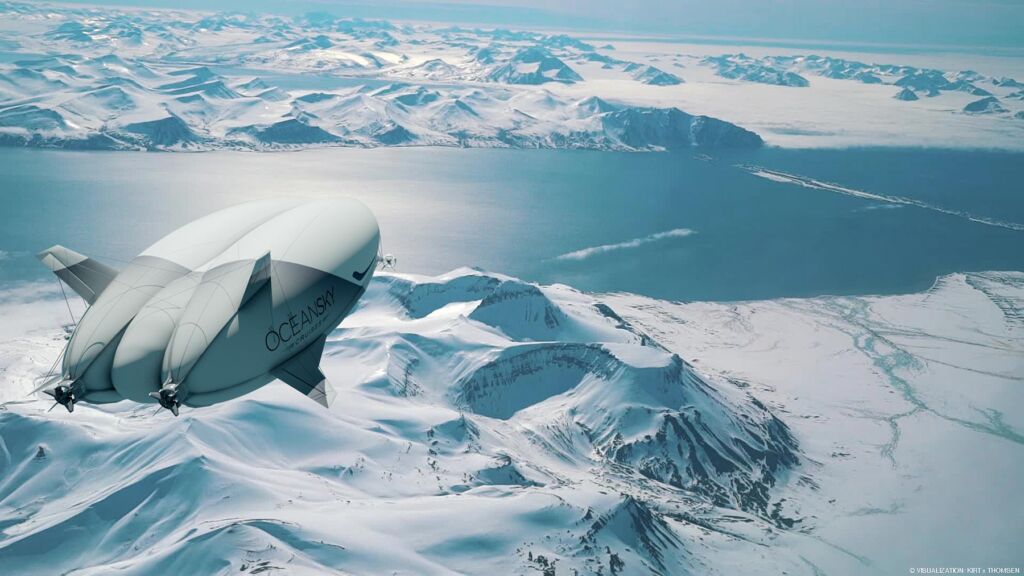
Are airships staging a comeback? Well, you’d think so following the latest partnership launch with OceanSky Cruises and Les Roches. The two have been working hard to bring the mighty airship back as a viable way of travel again. The height of travel 100 years ago, airships circumnavigated the globe and will once again float the clouds.
Luxurious Magazine’s Sabi Phagura speaks to Carlos Díez de la Lastra, the CEO of Les Roches and Carl-Oscar Lawaczeck, the CEO of OceanSky Cruises, to learn more.
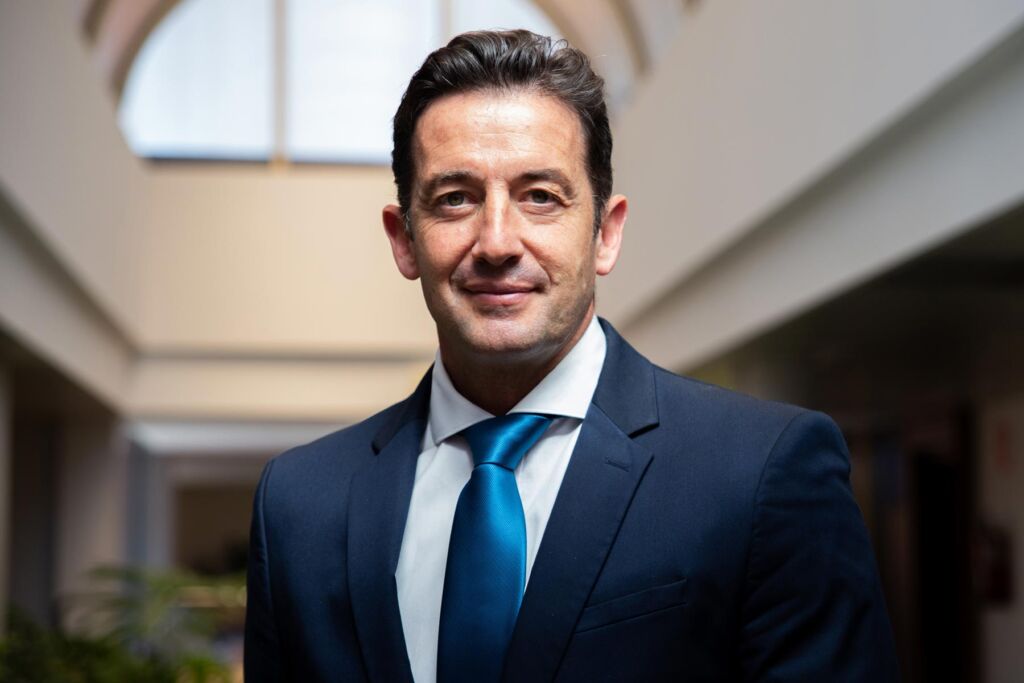
LM: Tell us a bit about your role at Les Roches and how your career has evolved.
Carlos Díez de la Lastra (above): In the last 25 years, I’ve been managing private universities in various countries, with the last 12 years being closely tied to the tourism sector.
Through this journey, I can say that Les Roches, one of the world’s top four universities, has allowed me to witness the demand for excellence in education that transforms individuals both personally and professionally.
LM: How has the luxury travel industry changed in recent years?
Carlos: As society, science, and technology have progressed, so have tourists’ preferences. They now seek added value in every journey, the desire to feel unique, and know that their experiences are extraordinary and have been tailor-designed for them. This is where OceanSky and Les Roches converge. Tourists now demand highly personalised attention and have expanded beyond traditional boundaries, presenting exciting challenges.
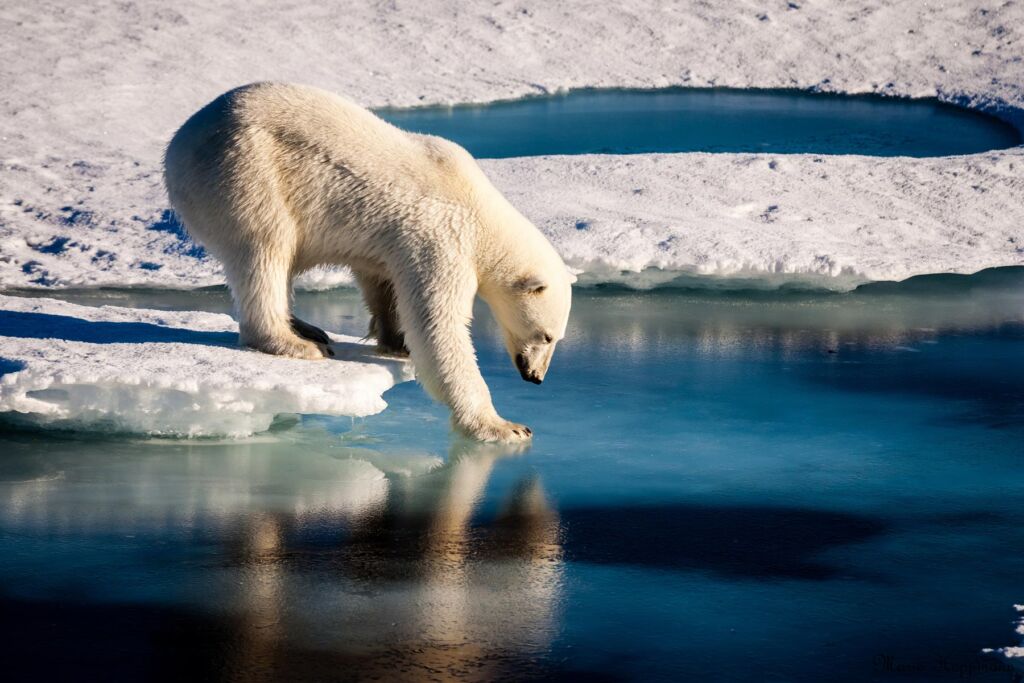
LM: What was the thought process behind the Les Roches and OceanSky Cruises partnership?
Carlos: Les Roches graduates are known for their innovative mindset, leading events like the SUTUS Congress, where the world’s most advanced projects in space and underwater tourism are presented. Tourism has evolved to extend beyond Earth’s surface into space and the ocean depths.
What was once unimaginable is now a reality. Our partnership with OceanSky Cruises emerged from a commitment to offer optimal quality standards through unique journeys and experiences, including luxury air travel.
LM: What role does hospitality management play on a trip like this?
Carlos: Despite the growing importance of innovation, the success of hospitality still relies on people. To make a trip memorable, the individuals who accompany and serve the experience are crucial.
That’s why at Les Roches, we focus on the future, nurturing our students and future leaders through experiential learning, allowing them to develop both their traditional professional management skills and their soft skills in various luxury experiential travel environments, as exemplified in the experiences we offer in collaboration with OceanSky Cruises.
 LM: Tell us a bit about your role at Les Roches/OceanSky Cruises and how your career has evolved.
LM: Tell us a bit about your role at Les Roches/OceanSky Cruises and how your career has evolved.
Carl-Oscar Lawaczeck: I am Swedish and grew up in a family that was invested in the aviation sector. I am a pilot by career, having flown for many years in SAS, private jets and cargo. My love for nature, harmony and balance led me to question the impact of the aviation industry on the planet, and I started thinking about solutions to overcome this.
The more I started studying the amazing role airships played in the past, the more I thought there could be room for them once again in the future. I founded OceanSky to become the first sustainable airline of airships in the 21st century. Nowadays, I am the CEO of the company, and my role is to build a company that will allow people to have a truly sustainable alternative to travel.
LM: How has the luxury travel industry changed in recent years?
Carl-Oscar: It’s very clear that sustainability is a key aspect for companies to even exist in the future. Travel is also one of them. A new mindset is growing amongst travellers as they become more and more conscious of the impact their holidays have on the environment.
Innovation in sustainability comes at a cost at the beginning, making it more accessible for the more affluent travellers in the early stages until enough economies of scale are in place to cascade it down the tourism ladder and achieve a high impact through mass market uptake.
I’m referring to existing options like conservation travel in Africa on private concessions, the more advanced sustainable hotels in the Maldives, etc. At OceanSky, we plan to follow the same model, starting with the launch of specific luxury itineraries at the beginning to then create a scenario where airships become a more affordable way of travel for the public. A classic Tesla market penetration model.
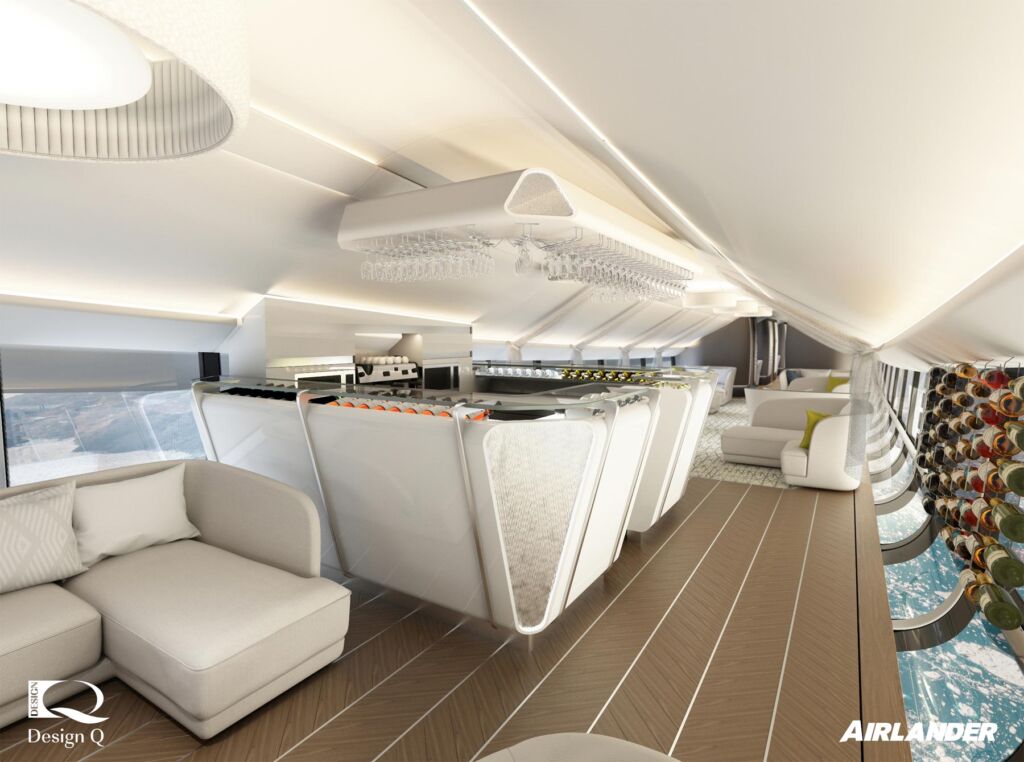
LM: What was the thought process behind the Les Roches and OceanSky Cruises partnership?
Carl-Oscar: Les Roches is one of the leading schools in hospitality in the world. We needed the best team of experts to help us develop the right protocols to deliver the best service and procedures onboard. Airships will be a new category that currently doesn’t exist. We are creating a new standard in travel, and Les Roches is the perfect partner to achieve the best customer experience and service on board.
We are developing new norms in many areas, spanning from in-depth studies of materials and their impact to the efficiency of housekeeping tasks. For example, cleaning solutions and protocols will have an impact on the materials we choose to build the gondola and will be a more sustainable approach because we won’t be using as many chemicals onboard. This is just one small example that we could take to crew training and service standard protocols.
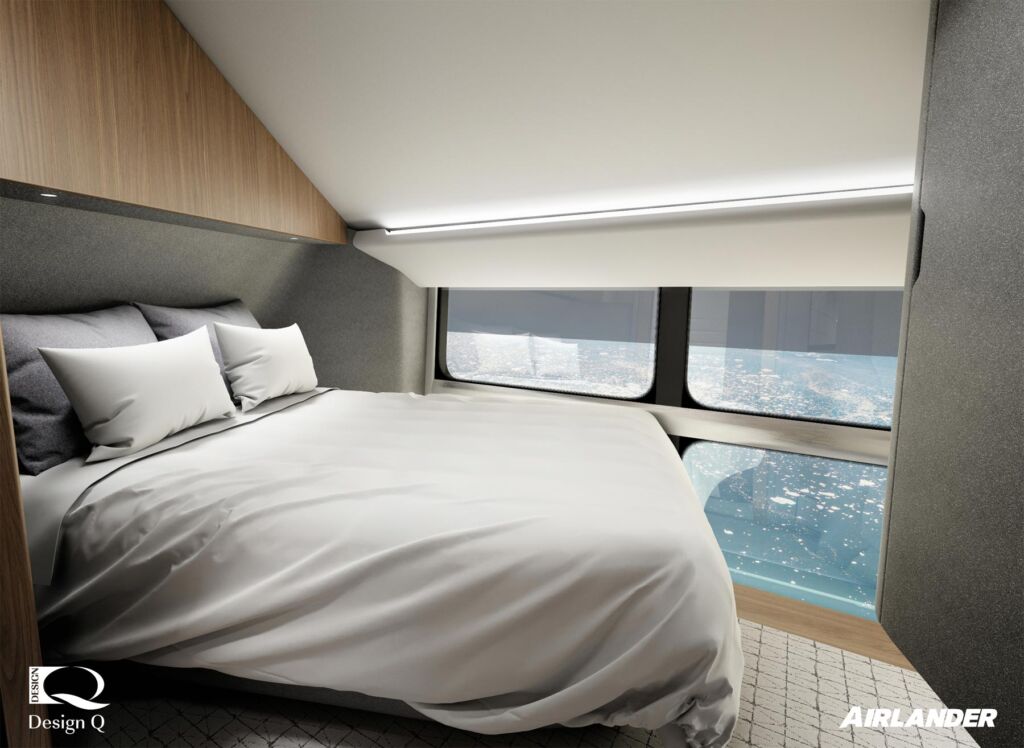
LM: Talk us through the airship and what passengers can expect on board.
Carl-Oscar: The airship will have a mixture of elements you would find in different existing market categories. There will be eight double cabins, some of them disabled-friendly, equipped just like any hotel suite would be: fully equipped bathroom, large king-size beds, wardrobe, plus panoramic views from the privacy of your cabin.
There will be a panoramic lounge where one can socialise or simply enjoy the amazing views below. Airships are not pressurised, allowing us to build floor-to-ceiling panoramic windows across the gondola, with the only restraint of adding too much weight. The bar will be a natural meeting point for guests located between the lounge and the restaurant. Picture a fine dining restaurant enclosed between large panoramic windows, with menus designed by Jesper Vollmer, former chef to the Danish royal family.
The central seating area will be a multipurpose section with a semi-theatre setup and a glass floor. This will allow us to use the space for talks and presentations and deliver a very unique flying experience. The beauty of flying aboard an airship is that you fly low and slow while you sip a glass of your favourite wine. We can guarantee a ‘once in a lifetime experience’ on board.
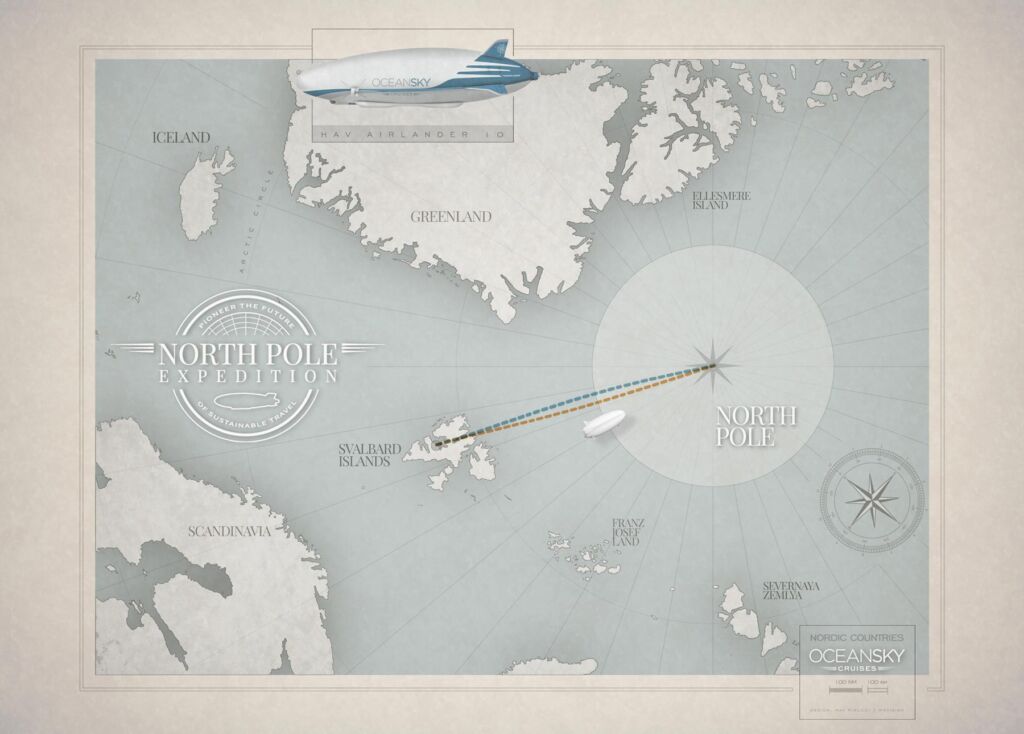
LM: We understand the first expedition will be to the North Pole. What will the trip look like?
Carl-Oscar: It’s never been done before in history. We will depart from the island of Svalbard in the Norwegian Arctic region, embarking on a 48-hour expedition. We’ll fly at around 80km/h, enjoying the experience of flying aboard the first large-scale airship in the 21st century in comfort.
Airship passengers used to be called aeronauts in the past, and we would like to recuperate some of the old terminology. Our aeronauts will be greeted on board and shown to the cabins to settle in. We’ll buckle up on the central seating area over a glass floor to allow us to experience the gentle, almost magical take-off sensation.
Once at cruising altitude, we’ll be able to walk around the gondola freely, and our crew members will be assisting aeronauts with what we imagine will be hundreds of questions. Dinner will be served at the panoramic fine dining restaurant. The following morning, we’ll be serving breakfast before landing at the geographical north pole. Clients will be briefed on the landing procedure.
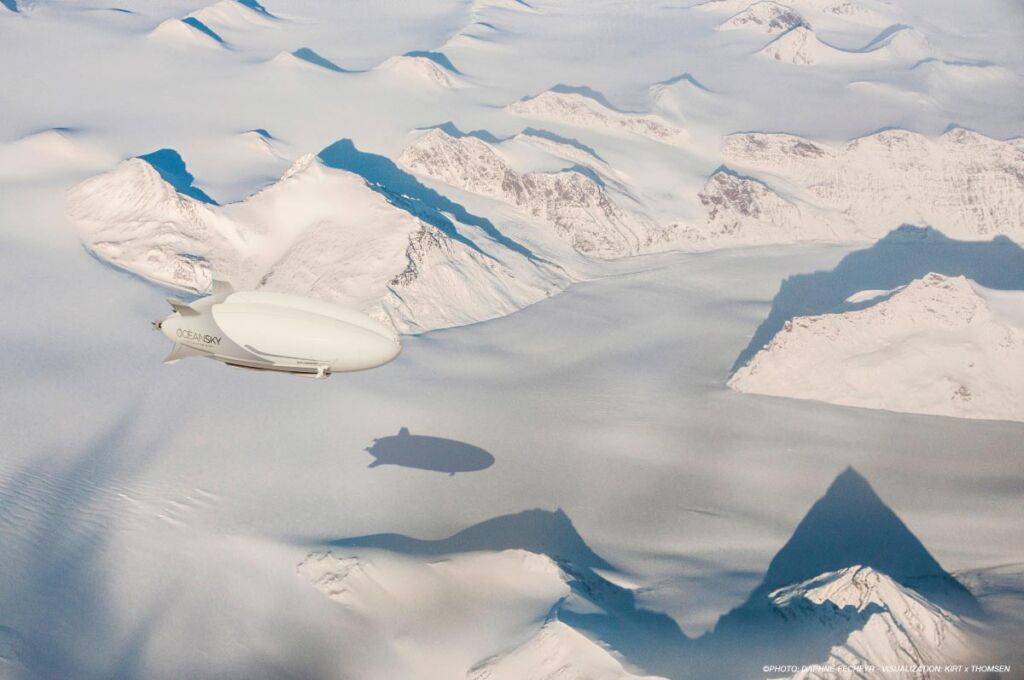
Once we land, the appropriate polar gear will be distributed amongst all before stepping out of the airship. We just can’t imagine the feeling of stepping down into an endless white desert from an airship.
We are currently planning activities on the North Pole, such as cross-country skiing on the polar ice, maybe going for a ride on fat bikes, serving an outdoor lunch, talks on polar weather and climate change by our expedition leaders, etc. In the afternoon, we will start flying back towards Svalbard, trying to look for local fauna such as polar bears, whales, walruses, belugas, etc.
LM: When will the trip be launched, and how much will it cost?
Carl-Oscar: Several airship manufacturers are making amazing progress at perfecting airship prototypes. Some have already been flown on initial test flights with very promising results. Thousands of people are already employed at this stage of the airship industry, and hundreds of millions of dollars have already been invested. The leading manufacturers are estimating 2026-27 as the delivery date of the first fully certified and operational airships.
We work very closely with most of them and are very much looking forward to the next developments. We have experienced an unexpectedly high demand for our North Pole expedition season and are currently taking reservations on a waitlist mode. The last published price for one cabin was 2,000,000 SEK, which is approximately $200,000 USD.
LM: How safe are airships, and how sustainable are they?
Carl-Oscar: Airships float in the air thanks to their helium bags. Helium is a non-flammable gas commonly used in party balloons. Airships are pushed through the air by several engines, and even if one or two engines were to fail, the airship would still be able to fly. They have fins just like any aeroplane that allow the pilots to have full control of the airship.
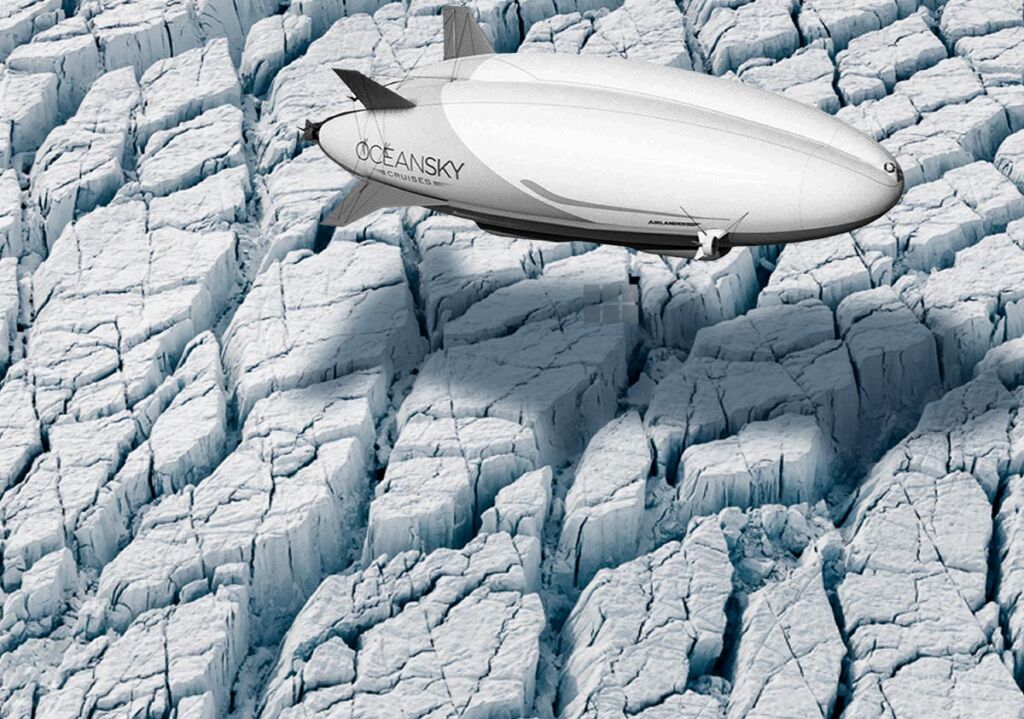
The materials used to build them are the latest and most modern available. New materials such as Kevlar, used on anti-bullet vests, are being used, as carbon fibres used in many space programs, and a long list of satellite, weather and aeronautical navigational systems very much like the ones you could expect on any commercial aeroplane.
Airship cabins are not pressurised, so you can safely open a window during a flight. They take off and land at bicycle speed, max 30 km/hr., making it one of the safest flying vehicles. To fly commercially, they need to be certified by the civil aviation authorities, just like any aeroplane, before they can carry passengers. The safety requirements in aviation are the strictest in the world.
But the most important aspect is that airships could consume 90 per cent less fuel than an aeroplane if built large enough and need minimal infrastructure to land or take off, making them one of the most promising sustainable alternatives to current travel and transportation options.”
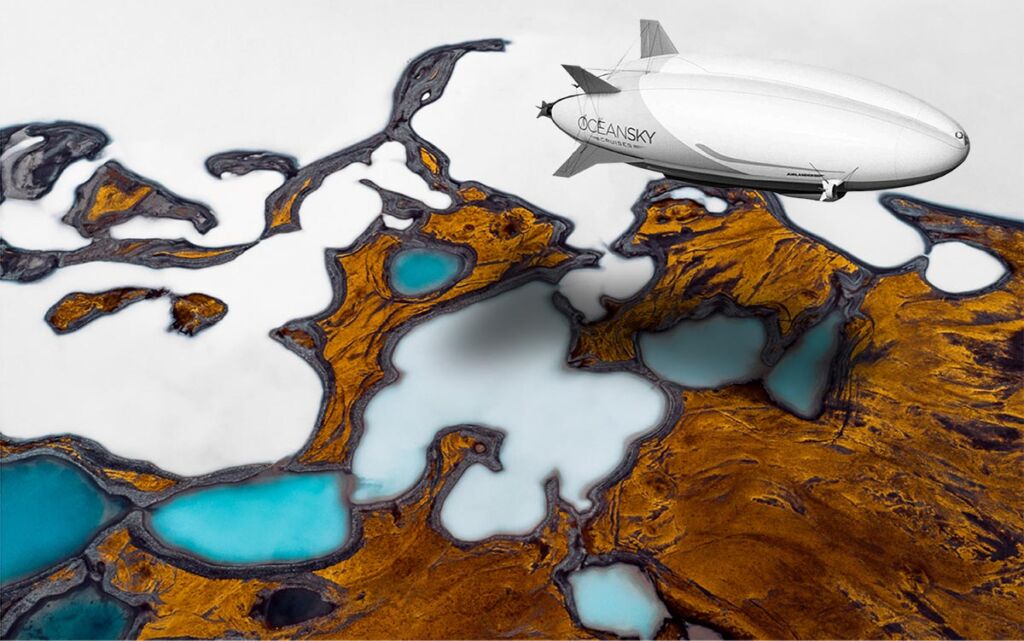
LM: What role does hospitality management play on a trip like this?
Carl-Oscar: Hospitality management is crucial to be able to deliver a high standard of service on board. It ranges from housekeeping protocols to food and beverage management, kitchen and restaurant operations, crew training, and establishing all the necessary protocols, just like any luxury hotel would. It affects every point of contact with the client. That’s why Les Roches is the perfect partner for us.”
LM: What other adventures can passengers expect in the future?
Carl-Oscar: We are planning a Capricorn Voyage flying from Namibia to Victoria Falls through the Okavango Delta. Without the need for any infrastructure, it would potentially be the most sustainable safari on the market.
We are also daring to dream of running future itineraries across continents like South America or even following ancient routes like the Silk Route across Asia, always flying low and slow and offering an unparalleled experience onboard.
OceanSky Cruises – Where and How?
For more information on OceanSky Cruises, visit www.oceanskycruises.com. Information on Les Roches can be found at www.lesroches.edu.
Read more lifestyle news and features here.
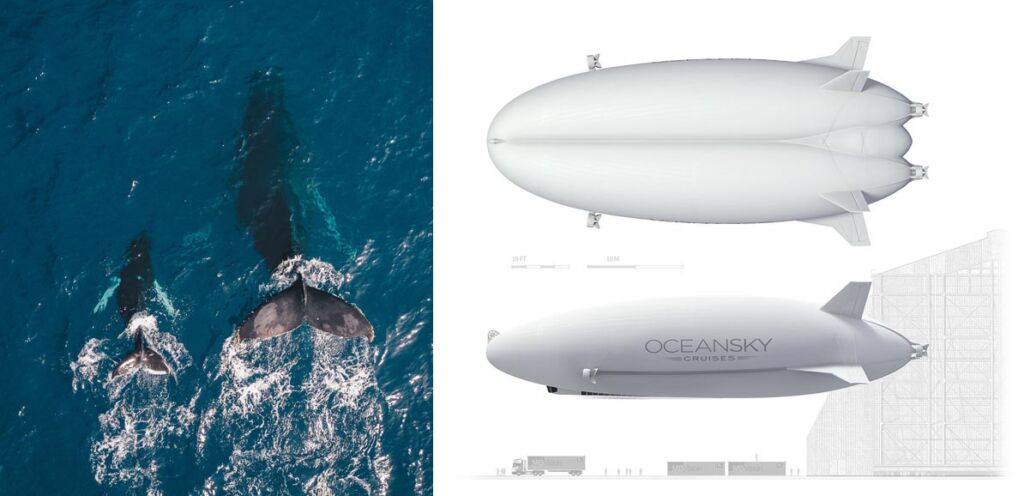
![]()


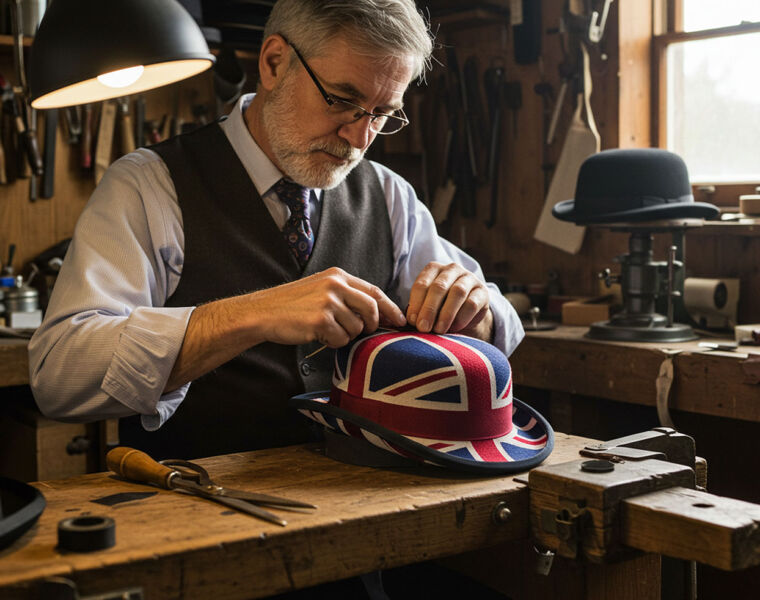

You must be logged in to post a comment.